(ECNS) -- On Oct. 16, 1964, China successfully detonated its first self-made atomic bomb in Lop Nor, Xinjiang Uyghur Autonomous Region, shattering the nuclear monopoly of Western countries and becoming the fifth nation with nuclear arms in the world.
However, China follows a policy of “no first use” of nuclear weapons and a nuclear strategy that focuses on self-defense.
So far, it is the second-largest user of nuclear energy in the world, contributing a lot to the reduction of global carbon dioxide emissions.
A self-reliant path to nuclear defense
On Oct. 27, 1966, the first ground-to-ground missile equipped with a nuclear warhead was successfully tested in flight.
On June 17, 1967, the first hydrogen bomb test was successful.
Following extensive trials and testing, China launched Long March I in December 1970, becoming the fifth nation to deploy a nuclear submarine.
The country has carved out a path in nuclear safety, which not only serves its own interests but plays a crucial role in upholding global peace and advancing shared prosperity.
China declares "no first use" of nuclear weapons
On Oct. 16, 1964, when China successfully detonated its first atomic bomb, it immediately made a solemn declaration to the world that it undertakes not to be the first to use nuclear weapons at any time and under any circumstances, and unconditionally commits itself not to use or threaten to use nuclear weapons against non-nuclear States or nuclear-weapon-free zones.
In today's world, "no one can stay immune or enjoy security alone," said Sun Xiaobo, head of the Chinese delegation and director-general of the department of arms control of the Ministry of Foreign Affairs, at the General Assembly of the United Nations Disarmament and International Security Committee, the First Committee of the 79th UN General Assembly, on Oct. 10 this year.
He called for the implementation of the Joint Statement of the Leaders of the Five Nuclear-Weapon States on Preventing Nuclear War and Avoiding Arms Race.
All nuclear-weapon countries should "unconditionally commit themselves not to use or threaten to use nuclear weapons against non-nuclear-weapon states or nuclear-weapon-free zones, pending the complete elimination of nuclear weapons", Sun said.
China's civilian nuclear utilization
China's nuclear industry has evolved from scratch into a thriving sector, establishing a comprehensive industry chain. It has significantly contributed to safeguarding energy security, preserving the ecological environment, and improving high-quality economic growth.
On Dec. 15, 1991, Qinshan nuclear power station in Zhejiang province, the first nuclear power plant designed and built in China, was connected to the grid with a capacity of 300,000 kilowatts.
This event signified a major stride in the country's peaceful application of nuclear power.
Over the past 30 years, China has mastered core nuclear power technologies of various reactor types, including fast reactors, high-temperature gas-cooled reactors, and low-temperature heating reactors.
Nuclear power generation will account for 10 percent of the country's total electricity generation by 2035, equivalent to cutting 920 million metric tons of carbon dioxide emissions, according to China Nuclear Energy Association.








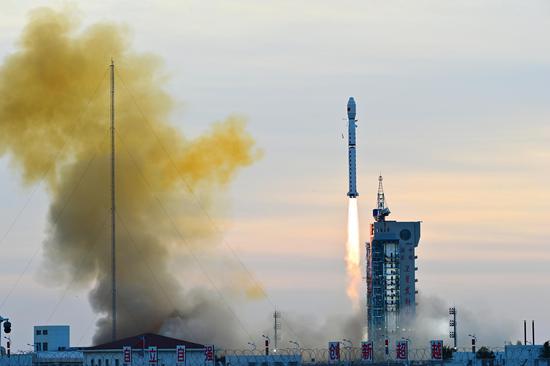




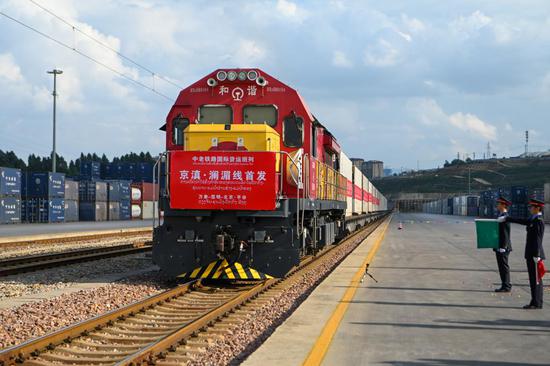





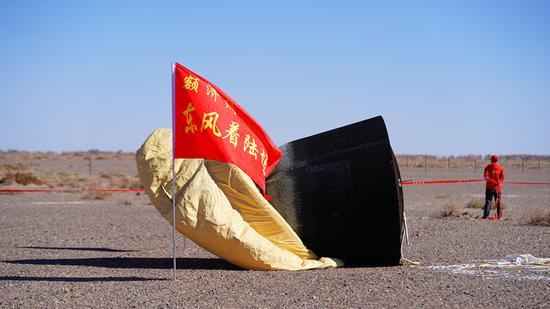

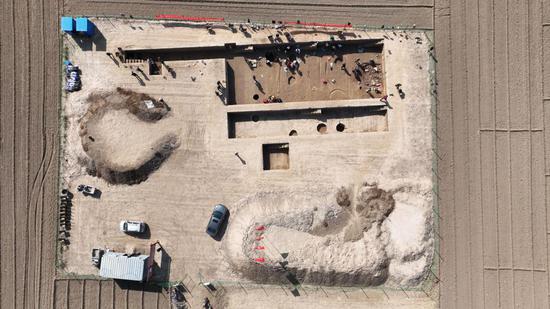



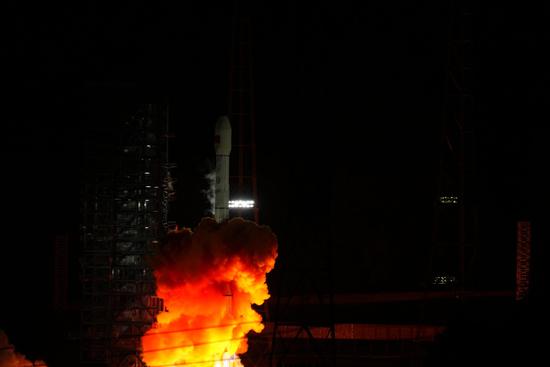

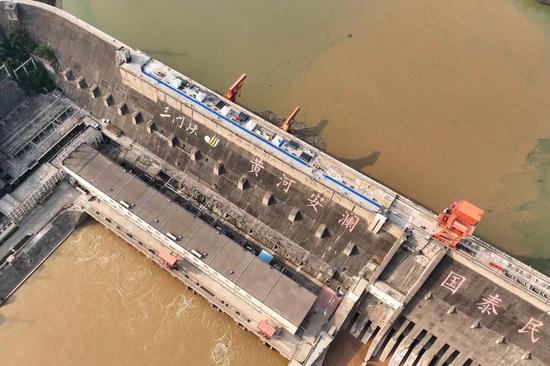

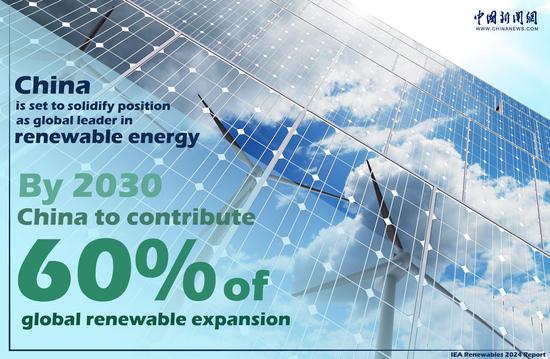



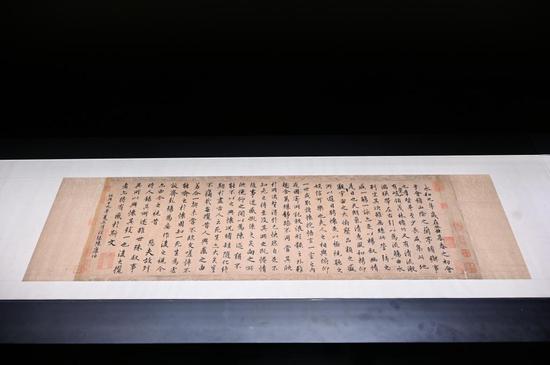



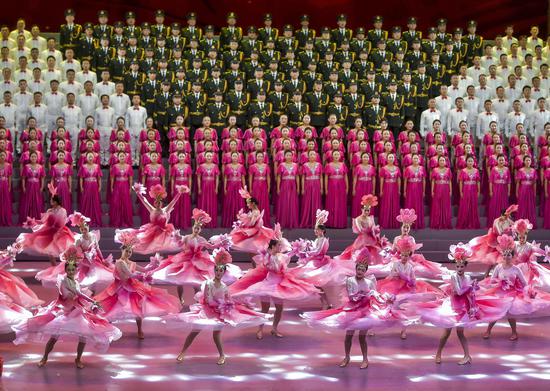


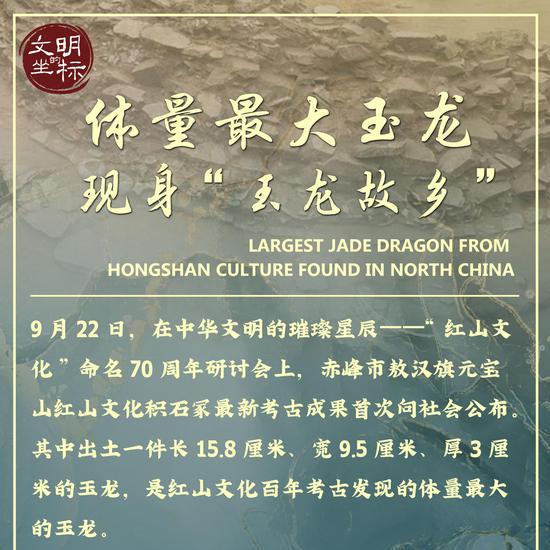

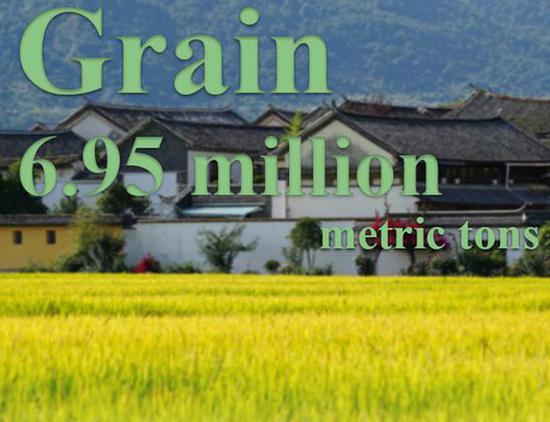







 京公网安备 11010202009201号
京公网安备 11010202009201号